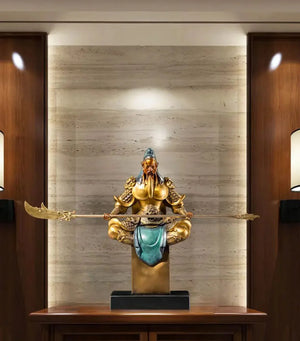
# Chinese Handicrafts: A Tapestry of Tradition and Artistry
## The Rich Heritage of Chinese Crafts
Chinese handicrafts represent a vibrant tapestry woven through millennia of cultural evolution. These exquisite creations embody the wisdom, aesthetics, and technical mastery of countless generations of artisans. From delicate porcelain to intricate embroidery, each piece tells a story of China’s profound connection between human creativity and natural materials.
## Porcelain: The White Gold of China
The Art of Chinese Porcelain
Chinese porcelain, often called “china” in the West, stands as one of the nation’s most celebrated contributions to world art. The delicate blue-and-white patterns of Jingdezhen porcelain have captivated collectors for centuries. What makes these pieces extraordinary is not just their beauty but the incredible skill required to produce them – from preparing the fine kaolin clay to applying cobalt pigments before firing at temperatures exceeding 1,300°C.
Different dynasties developed distinctive styles:
- Tang Dynasty’s tri-colored glazed pottery
- Song Dynasty’s subtle celadon wares
- Ming Dynasty’s iconic blue-and-white porcelain
- Qing Dynasty’s vibrant famille rose enamels
Keyword: Chinese crafts
## Silk Embroidery: Threads of Imperial Splendor
The Delicate World of Silk Embroidery
Chinese silk embroidery transforms simple threads into breathtaking pictorial art. The four major regional styles – Su, Xiang, Yue, and Shu embroidery – each possess unique characteristics. Suzhou embroidery, for instance, might feature a single thread divided into 48 finer strands to create impossibly detailed landscapes.
Traditional techniques include:
- Double-sided embroidery visible from both sides
- Hair embroidery using human hair as thread
- Seed stitch creating textured, three-dimensional effects
## Paper Cutting: Folk Art in Scissors
The Magic of Chinese Paper Cutting
This deceptively simple folk art transforms red paper into elaborate designs with just scissors or knives. Paper cuttings traditionally adorned windows during festivals, their intricate patterns symbolizing good fortune. Modern artists continue innovating while preserving ancient motifs like the double happiness character or zodiac animals.
## Lacquerware: Layers of Time
The Ancient Craft of Lacquerware
Chinese lacquerware demonstrates extraordinary patience – some pieces required up to 200 layers of lacquer, with each layer needing days to dry before applying the next. The resulting objects display remarkable durability alongside exquisite carvings or inlaid mother-of-pearl designs. Techniques like “carved red lacquer” (diaohong) represent pinnacles of this demanding craft.
## Preserving Tradition in Modern Times
Today, master craftsmen face the challenge of maintaining traditional methods while adapting to contemporary markets. Government initiatives and growing appreciation for artisanal quality help sustain these living traditions. Whether through museum collections, luxury goods, or cultural exchanges, Chinese handicrafts continue enchanting the world with their timeless beauty and technical perfection.
Each handcrafted piece serves as a tangible connection to China’s cultural soul – where patience, precision, and poetic imagination transform humble materials into objects of enduring wonder.
